Agriculture Is the World’s Greatest Water User & Polluter
The most important resource we have on Earth is not a fossil fuel or a precious metal — it’s water. A stunning majority (over 70%!) of the world’s freshwater is used for agriculture … but while it’s monopolizing all that water, agriculture steadily pollutes the world’s water supply. In observance of Earth Day, we’re exploring water scarcity and pollution and the potential for controlled environment agriculture to improve farming’s role in it all.
Freshwater Access and Water Scarcity
Freshwater accounts for only 3% of all the water on the planet, and two-thirds of that is inaccessible — frozen in glaciers or hidden under the Earth’s surface. In total, more than 99% of Earth’s water is unusable for humans.
While many reading this article probably take for granted our access to fresh, drinkable water, approximately 2 billion people around the world lack access to clean, safe drinking water, according to a 2023 report from UNESCO. That’s a monumental 26% of the Earth’s population. Furthermore, up to 46% of the population experiences water stress for at least one month of the year, a number affected by seasonal factors like drought.
Unfortunately, these statistics are unlikely to improve. Over the last 40 years, global water use has increased by 1% annually as the world population grows and nations develop. Ultimately, UNESCO projects that urban water demand will increase by 80% by 2050, leaving 33–50% of the global urban population with inadequate water access.
How this relates to agriculture
Water scarcity doesn’t just impact humans’ thirst; it affects their food access, too. A whopping 72% of the world’s freshwater is used for agriculture — a figure that has decreased to 70% in 2024 showing some progress has been made in water use efficiency. However, as demand for our limited water resources grows, less water will be available to grow the food that sustains us.
Every pound of lettuce guzzles approximately 28 gallons of water (105 liters), according to the Water Footprint Network. To put this in perspective, Mayo Clinic recommends drinking approximately 2.4 liters of water a day. The water in that one pound of lettuce is equivalent to 43.75 days of drinking water for one person.
“Water insecurity leads to a number of other insecurities. If you don’t have enough water to grow food, you will end up with food insecurity.”
Competition for freshwater between urban centers and agriculture is projected to grow alongside urbanization. Already, freshwater resources have been reallocated from agriculture to cities to meet demand.
Fortunately, agriculture has made advances in water efficiency over the last few years: Between 2015 and 2018, water efficiency in the agriculture sector increased by 8%, in part forced by relative water scarcity.
Water pollution from agriculture
Interwoven with all of this is pollution. According to the UN’s Food and Agriculture Organization (FAO), agriculture is the leading cause of water pollution in most high-income and emerging countries.
Irrigation
How does this happen? Water runoff (excess water that cannot be absorbed by the land) from agriculture irrigation flows untreated into waterways, taking with it sediments, pathogens and heavy metals from manure, pesticides, fertilizer, and other chemicals. Consequently, nitrate from fertilizer is the most common chemical contaminant in groundwater aquifers worldwide, the FAO has determined. In the U.S., the FAO has found that agriculture is the top source of pollution in rivers and streams and a strong contributing factor to the pollution of wetlands and lakes.
Monocropping
Monocropping, a farming method that focuses on mass-producing a single cash crop (e.g. corn, soybean, wheat) year after year on the same soil, only makes things worse. Farmers monocrop for a variety of reasons — simplicity, efficiency, profit — but it comes at a significant cost. Monocropping suppresses nutrient regeneration in soil (which happens naturally when farmers grow a diverse selection of crops and rotate planting), creating the need for synthetic fertilizers. The lack of biodiversity in a monocropped area also increases the threat of pests and blight, and thus the need for pesticides, fungicides, and antibiotics. All these chemicals eventually make their way downstream and into our freshwater sources via agricultural runoff.
The impact of runoff pollution on water
Down the line, this pollution wreaks havoc on ecosystems, changing the compositions of soil and water in the surrounding area and harming essential plants, animals, and insect species. Even the runoff of seemingly harmless byproducts like salt or sediment can have huge implications. Ultimately, agricultural pollution results in clouding and contamination, which impact aquatic life and throw off the balance of life in our bodies of water. (Think dead fish, algal bloom, bad smells and tastes, and potential harm to humans downstream.)
Remember how we mentioned that 2 billion people worldwide lack access to safe, clean drinking water? Agriculture contamination is exacerbating this water insecurity.
The impact of runoff pollution on food
The negative impacts of runoff pollution don’t stop there. Contaminated agricultural water directly contributes to outbreaks of foodborne illness. How? Large industrial farms often use manure sourced from animal factory farms. This manure can contain pharmaceutical residue, heavy metals, and harmful bacteria — all of which can be leached from the manure by water from irrigation. When that contaminated water is taken in by plants, the crops themselves become carriers of disease. This is likely the cause of many of the E. coli and other foodborne illness outbreaks commonly seen in staple vegetables like romaine.
Controlled Environment Agriculture as a Solution
All in all, it’s not a pretty picture. In fact, we think that this is unacceptable. But here’s where we think Freight Farms presents a unique opportunity. Our container farms are an answer to all of this eek-worthy data. They reduce strain on our limited water supply and have a pollution footprint that’s essentially nonexistent. Here’s how:
Water-efficient
The Greenery™ S, our container farm, can grow up to 13,000 plants at one time — yet it only uses about five gallons of water each day. That’s 99% less water than traditional agriculture — leaving lots of water for Earth’s growing population.
Our container farm is so water efficient through the use of two specialized hydroponic systems: ebb-and-flow and drip irrigation. In ebb-and-flow irrigation, water flows into troughs, remaining long enough to hydrate germinating seedlings before draining back into the water tank. In drip irrigation, water is dispensed at a set interval above plant panels. Gravity pulls the water down to slowly hydrate maturing plants before being captured in gutters and returning to the water tank.
In each system, the water is recaptured and reused for future watering cycles. That’s what makes the Greenery S a closed-loop system, and why it is such a water-efficient farming method. In this closed-loop system, even water from the container farm’s dehumidifier is captured and pulled into the water tanks. Each drop of water is valuable!
Water-safe
What about the water coming into the farm? Each of our farmers undergoes a water test before beginning to grow. Working with their municipality, they get a comprehensive report on what’s in their water and if it’s safe to use for irrigation. Luckily for farmers who find themselves with less-than-ideal municipal water, the Greenery S uses so little water that it’s possible to get a regular water delivery or even to transport and fill water from home. Farmers can also use a reverse osmosis filter to ensure their water is clean.
No runoff pollution
Water in Greenery S farms is fortified with natural, environmentally-friendly nutrients. (This eliminates any need for yucky, contaminated manure.) And since the container farm is a controlled environment, there’s no need for pesticides or herbicides. That means that any farm-related additions to the water are safe for the environment. However, because of the closed-loop system we mentioned, there’s no runoff produced in controlled environment agriculture!
Clean, safe produce
Hydroponics uses neither soil nor manure — the two major instigators of foodborne illness. As a result, produce grown in a Freight Farm is much safer from these concerns than traditionally farmed food. Plus, container farms are smaller growing platforms, and a smaller farming operation means less chance of contamination and that any potential contamination would impact fewer people and could easily be traced back to the source.
Water is a precious resource and we need to stop taking it for granted.
Fortunately, the controlled environment agriculture industry has been advancing, presenting options for reinventing farming. Activism has been increasing visibility around water safety and conservation, also creating opportunities. Now is a perfect time to be a leader and stop taking water for granted through your actions: conserve water, support alternative farming methods, and make purchasing decisions that underscore your commitment to preserving our Earth’s natural resources.
For more information on the research shared here, we highly recommend reviewing the following resources:
UNESCO: World Water Development Report 2023: Partnerships and cooperation for water
Food and Agriculture Organization (FAO) of the United Nations: Water pollution from agriculture: a global review





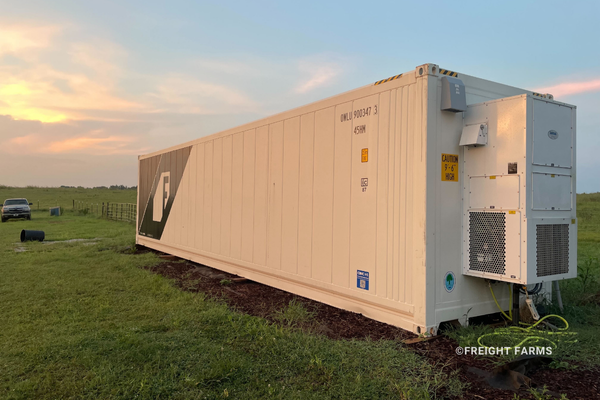
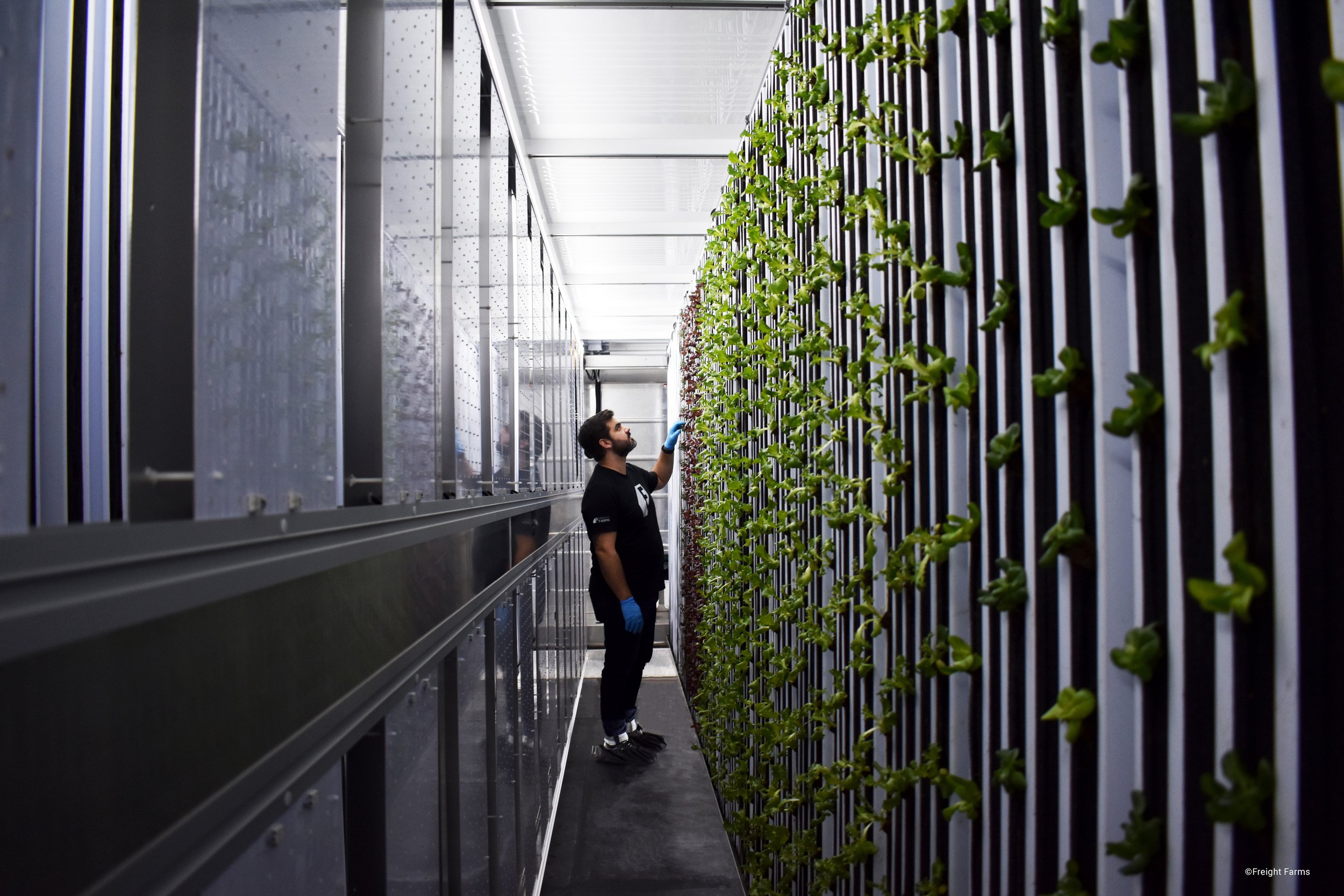





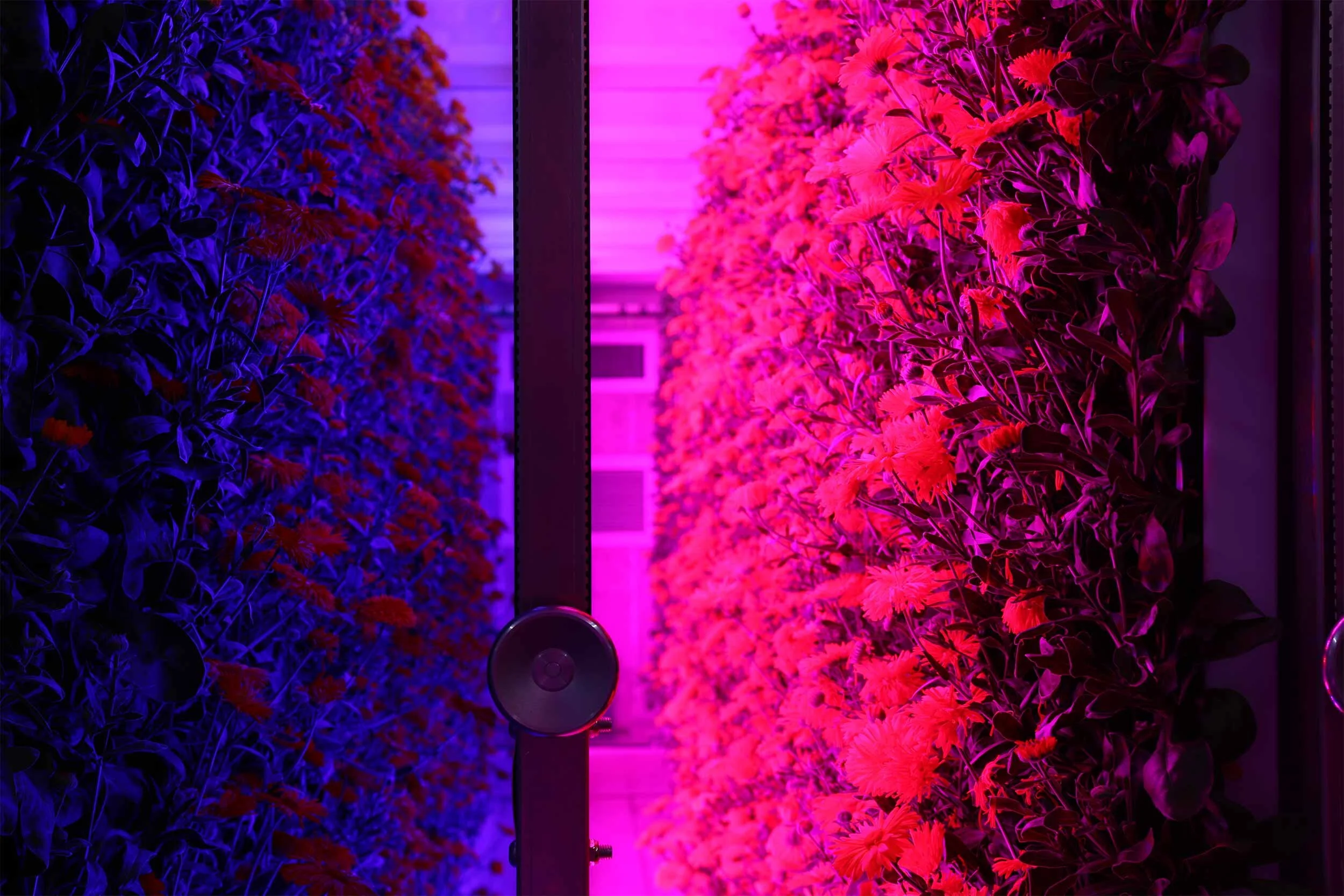





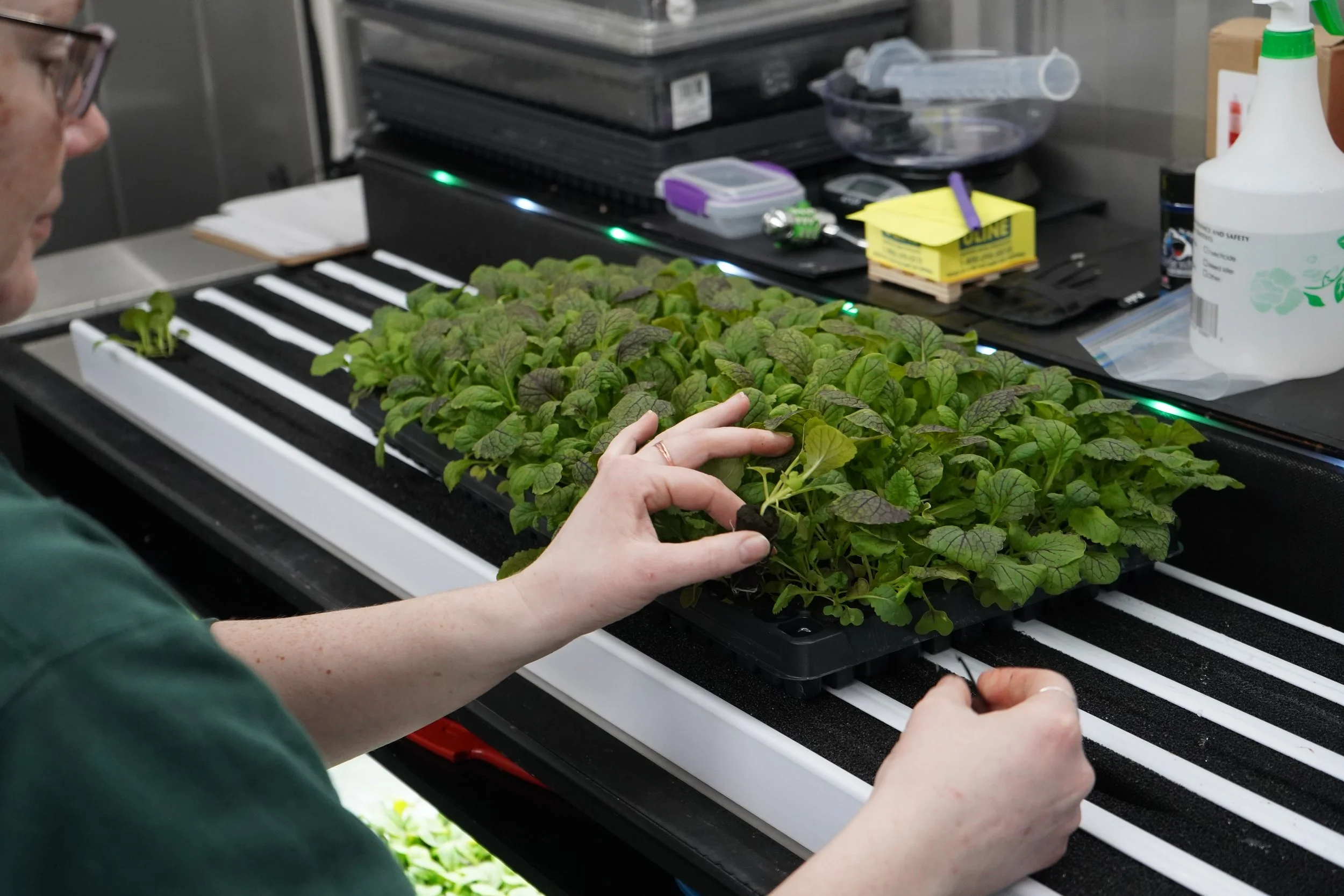



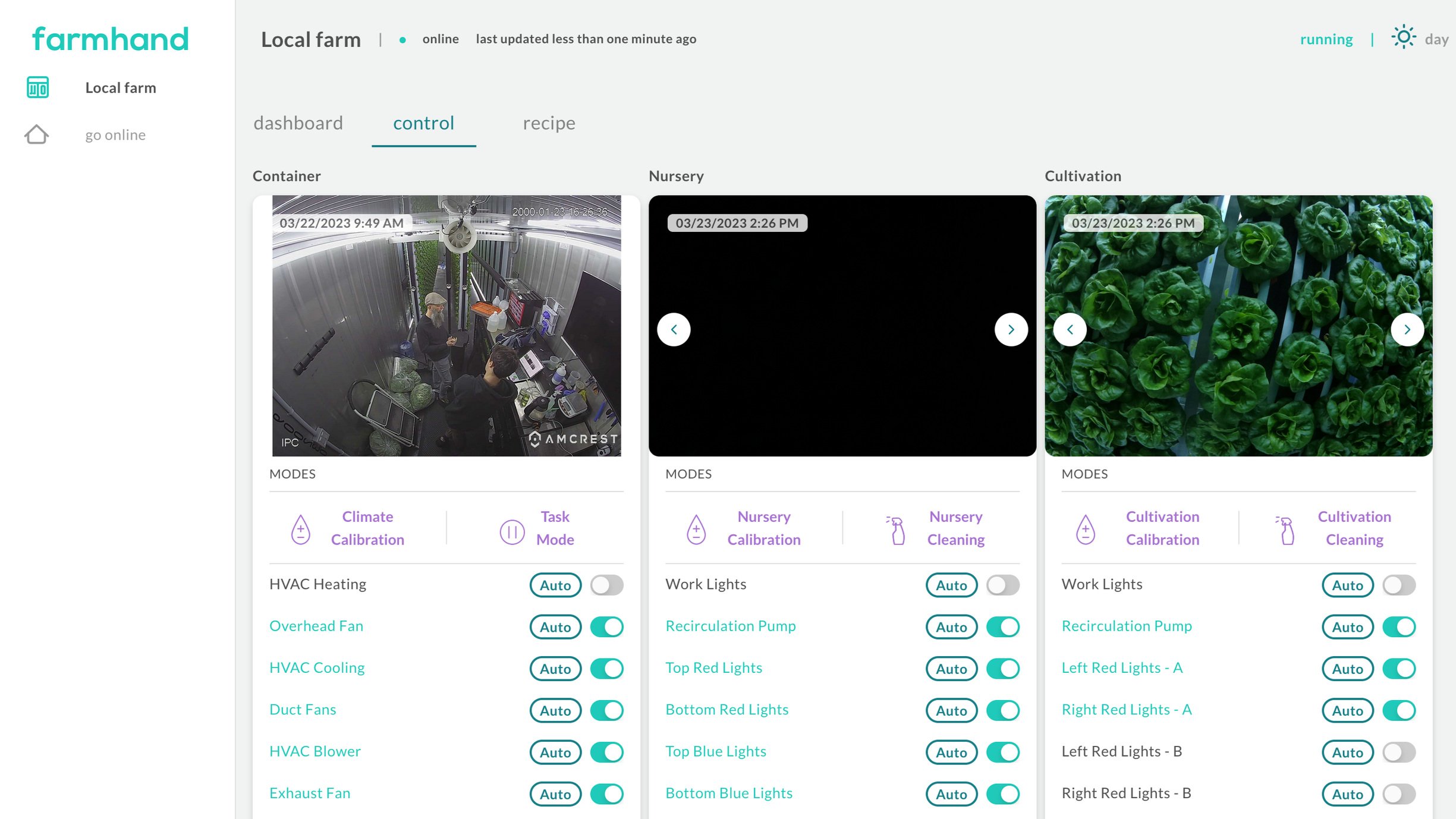


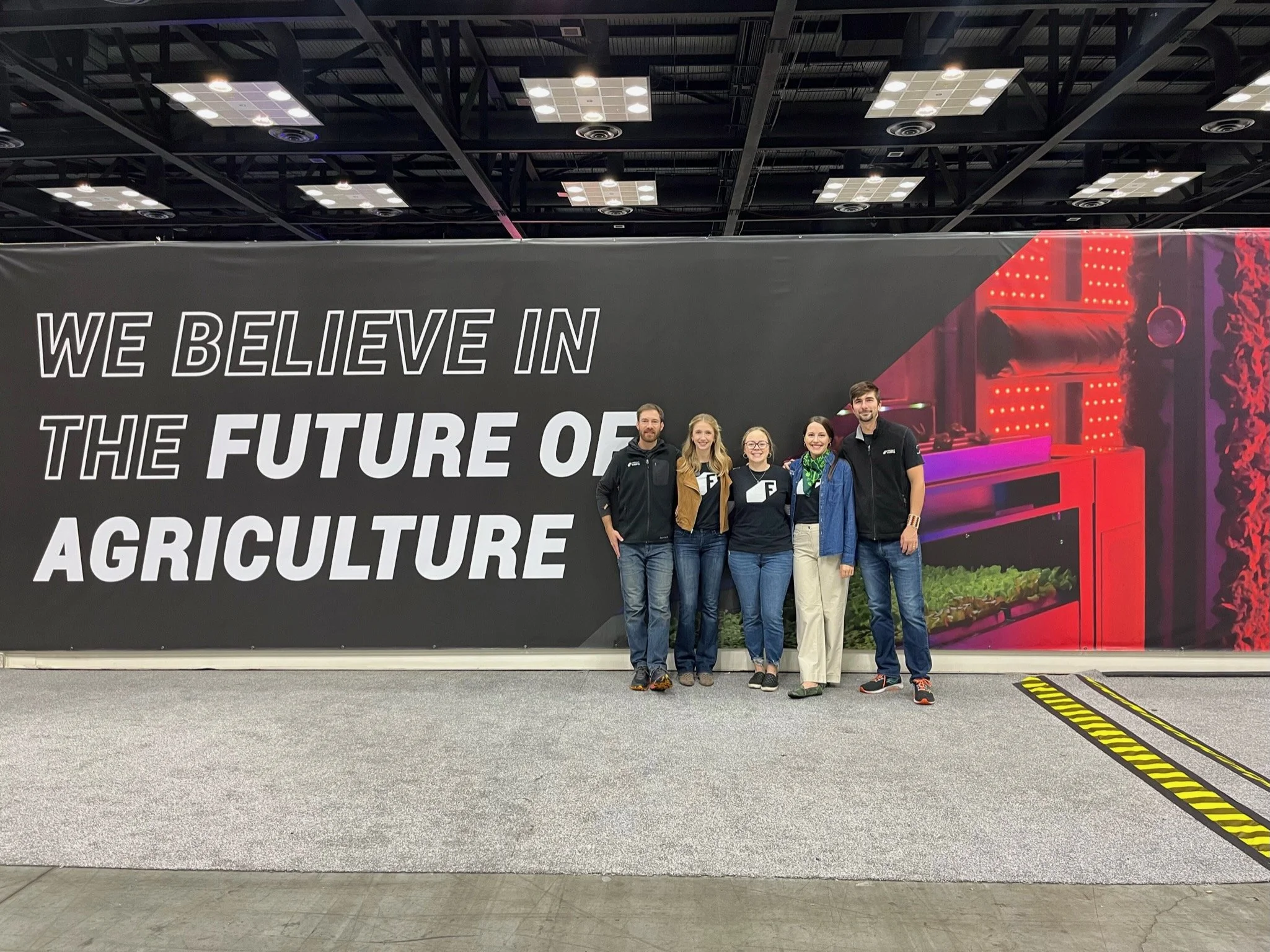

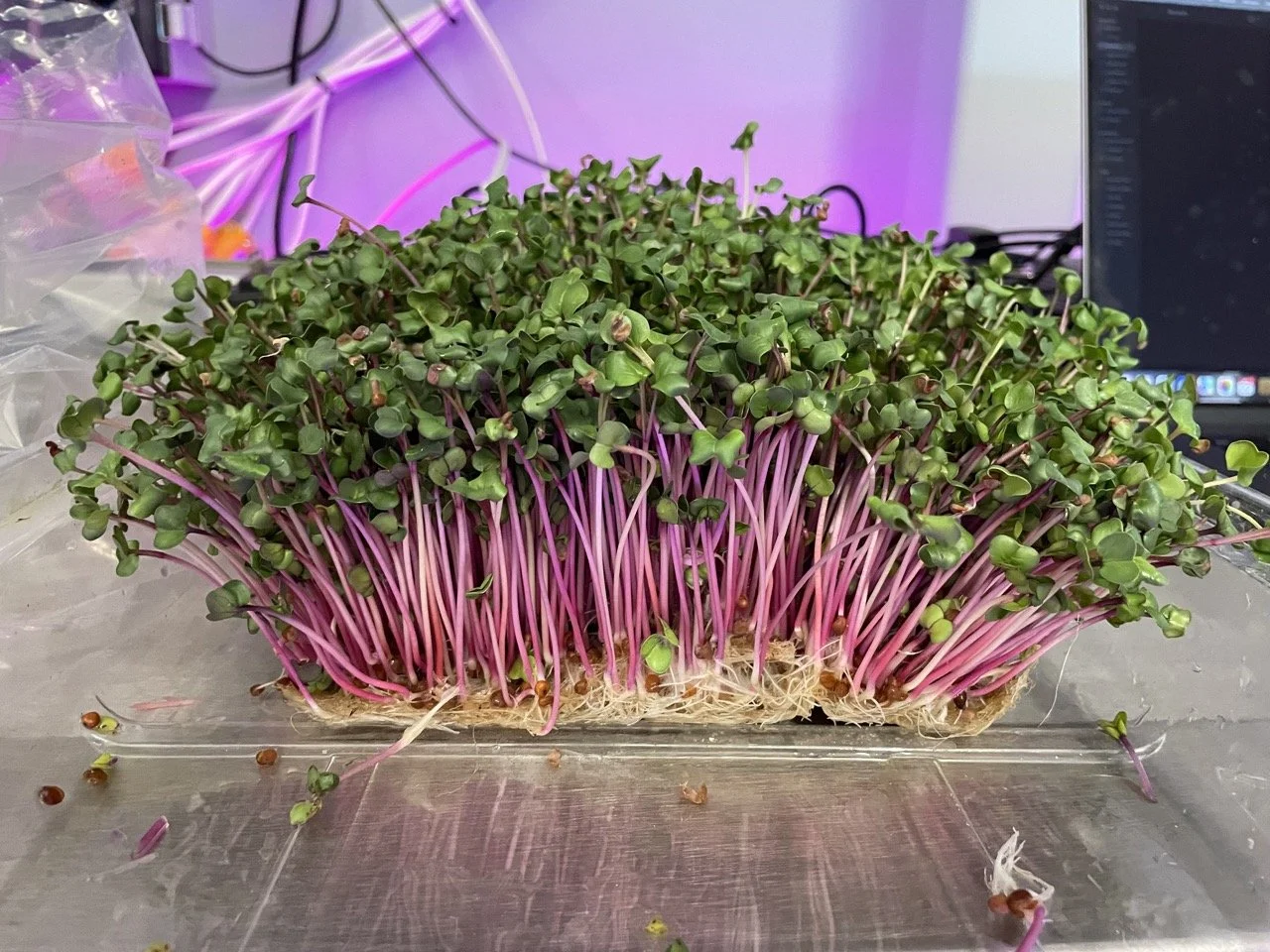






Future planning for your Freight Farms delivery? Learn what your site needs, what to expect on delivery day, and how to avoid common surprises.